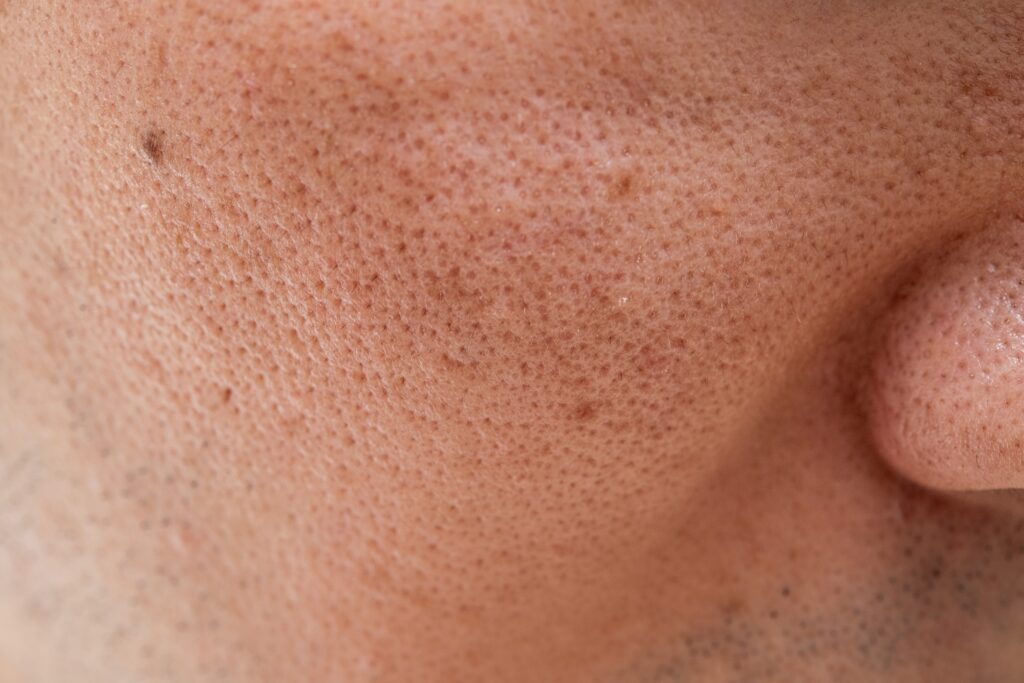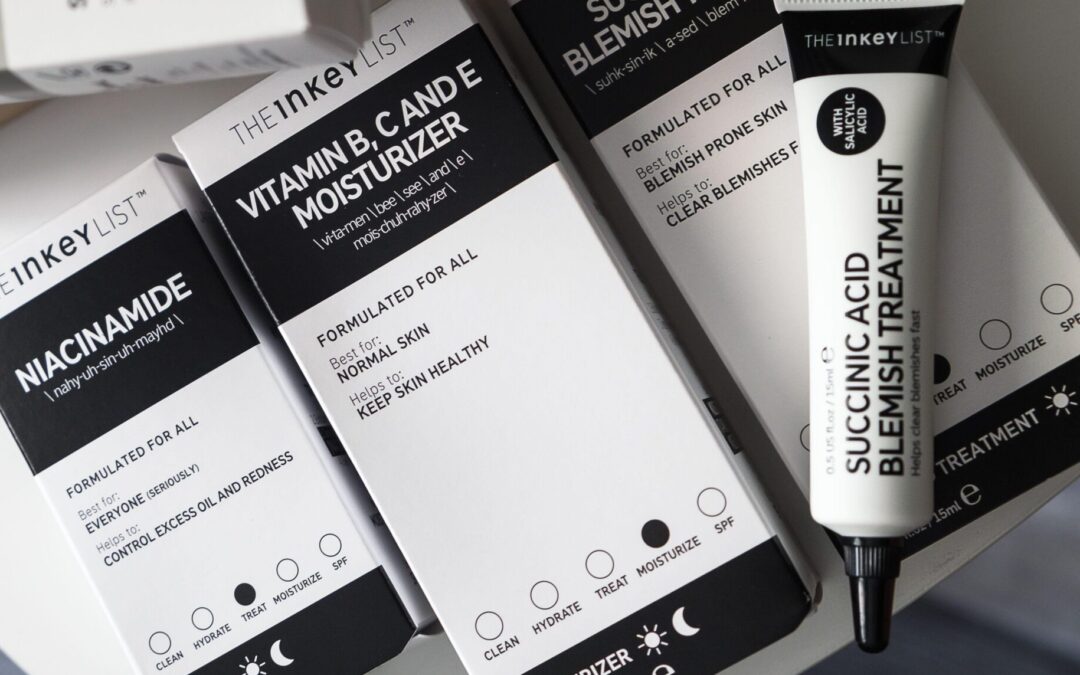Everyone has pores. Everyone can see them up close. No matter what skincare ads promise, no toner, serum, or vacuum can erase them.
It usually starts when you’re standing too close to a mirror. One second you’re just checking your reflection, and the next you’re leaning in, squinting at every little dot on your nose, your cheeks, your forehead.
Pores aren’t invisible or perfectly smooth—and when you notice them, they can suddenly seem massive. If you’ve ever caught yourself wondering, “Can I shrink these somehow?”—you’re definitely not alone.
Social media has only turned up the pressure. Swipe through any skincare thread and you’ll find promises of “poreless skin” with miracle toners, blackhead vacuums, and deep-cleansing masks.
Can You Actually “Shrink” Your Pores?
Short answer: No.
Longer answer: You can manage the appearance.
You can’t change your pore size because it’s genetically determined and part of your skin structure. But you can clear out what’s making them look bigger. The American Academy of Dermatology (AAD) confirms that while you can’t shrink pores permanently, certain skincare habits can help make them look smaller and keep them clearer.
When pores get clogged with oil, dead skin cells, sweat, or leftover makeup, they physically stretch out to accommodate the buildup. Over time, this can cause the pores to look wider and darker, especially around the nose and T-zone areas.
By consistently keeping your pores clean and free of excess debris, you help them return to their natural, smaller appearance. It’s a bit like clearing a pathway—once the blockage is gone, everything looks more open and organized, even if the size of the doorway hasn’t changed.
This is where smart, gentle skincare routines come in: daily cleansing, regular chemical exfoliation with ingredients like salicylic acid, and diligent makeup removal all work together to prevent congestion inside the pores.
First Things First: What Are Pores, Really?
Pores are tiny openings in your skin that allow oil and sweat to reach the surface. They’re a completely normal, healthy part of your skin’s structure. Every person has them—and, yes, everyone’s are visible up close.
They’re not imperfections. They’re signs of your skin doing exactly what it’s supposed to do.

Why Do Pores Sometimes Look “Bigger”?
Some common reasons why pores might look larger, including:
- Excess oil production (thanks, puberty and hormones)
- When your skin produces more oil than it can easily release, that extra sebum can fill and stretch the pores, especially in areas like the nose, forehead, and chin.
- Sun damage (which breaks down collagen around the pore)
- UV rays weaken the skin’s support structure over time. With less collagen holding everything firm and tight, the tissue around each pore loosens, making pores look wider and less defined.
- Genetics (sometimes it’s just the family gift)
- Your pore size is largely written in your DNA. If one or both of your parents have larger, more visible pores, there’s a good chance you’ll inherit them too — and no cream or toner can change that.
- Age (our skin loses elasticity over time)
As we get older, our skin naturally produces less collagen and elastin—the fibers that keep skin firm and bouncy. Less elasticity means the skin around pores sags slightly, causing them to appear larger even if the pores themselves haven’t changed.
Read more: Blackhead: Strawberry Nose? Go Away!.
Practical Ways to Make Pores Look Smaller
Managing pores isn’t about eliminating them—it’s about helping them look and feel their best.
1. Keep Your Skin Clean (But Gently)
Use a gentle cleanser twice a day to prevent buildup of oil and dirt. Avoid harsh scrubs or over-washing, which can irritate the skin and actually make oil production worse.
2. Use Chemical Exfoliants Wisely
Ingredients like salicylic acid (BHA) help to dissolve the oil inside pores. Start slow—once or twice a week—and see how your skin reacts.
3. Protect Your Skin From the Sun
UV damage breaks down collagen, which makes pores look wider. Daily sunscreen (even on cloudy days!) helps keep your skin firm and smooth.
4. Stay Hydrated and Moisturized
Dehydrated skin can look rougher, exaggerating pore size. Using a lightweight, non-comedogenic moisturizer can help maintain plumpness without clogging pores.
5. Consider Retinoids
Over time, retinoids can help to regulate skin turnover, prevent clogged pores, and strengthen collagen. They’re a longer-term strategy, but very effective with patience.
Pores are not flaws. They’re a living, necessary part of your skin—and chasing “poreless” perfection is a losing game.
The real goal is clean, balanced, healthy skin that feels good to live in.
Next time you catch yourself zooming in on your nose under harsh bathroom lighting, take a step back. Remember: nobody else sees you that way. Your skin doesn’t need to be perfect—it just needs to be yours.



